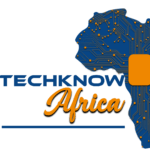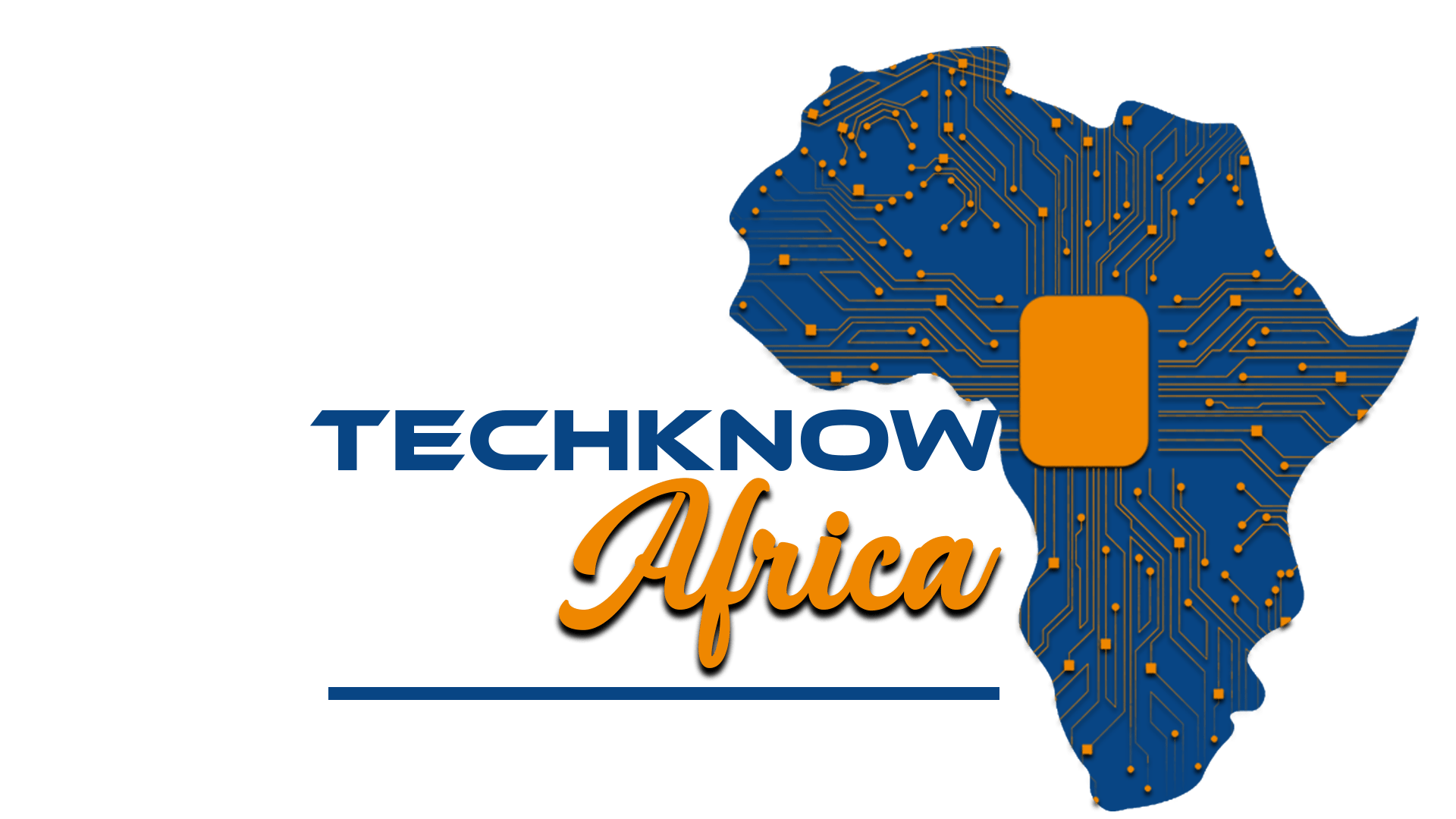In recent years, the world has witnessed the rise of Gen Z as a formidable force in social and political activism. This generation, born between the late 1990s and early 2010s, is leveraging the power of technology to drive change in unprecedented ways. In Kenya, a remarkable example of this is the “Occupy Parliament” movement, where young activists are harnessing digital tools to challenge the status quo and demand accountability from their leaders.
**The Digital Natives**
Gen Z in Kenya, much like their counterparts globally, have grown up in an era where digital technology is omnipresent. Smartphones, social media, and instant messaging are second nature to them. This technological fluency has empowered them to organize, mobilize, and amplify their voices with remarkable efficiency. The “Occupy Parliament” movement exemplifies how this generation is using technology to spearhead activism and make their demands heard.
**The Genesis of Occupy Parliament**
The “Occupy Parliament” movement in Kenya emerged as a response to growing discontent with political corruption, economic inequality, and a lack of transparency in governance. Frustrated by the slow pace of change and the unresponsiveness of traditional political structures, young Kenyans turned to technology to voice their concerns and rally for action.
**Social Media: The Catalyst for Change**
Social media platforms like Twitter, Facebook, and Instagram have been instrumental in the success of “Occupy Parliament.” Hashtags such as #OccupyParliament and #KenyaRising have trended, bringing national and international attention to the movement. Through viral posts, live streams, and engaging multimedia content, activists have been able to communicate their message, share real-time updates, and galvanize support from a broad audience.
Twitter, in particular, has become a powerful tool for organizing protests and disseminating information. Activists use Twitter threads to explain complex issues, call out political leaders, and propose solutions. The platform’s real-time nature allows for instant mobilization, making it easier to coordinate demonstrations and respond to developments as they unfold.
**WhatsApp and Telegram: Mobilizing the Masses**
While social media spreads the word, messaging apps like WhatsApp and Telegram are critical for organizing on the ground. These platforms provide secure channels for activists to coordinate logistics, share strategies, and maintain communication during protests. Group chats and broadcast lists enable rapid dissemination of information, ensuring that participants are well-informed and can act cohesively.
**Digital Campaigns and Online Petitions**
In addition to physical protests, “Occupy Parliament” has utilized online petitions and digital campaigns to press for change. Websites like Change.org and local platforms have hosted petitions demanding accountability and policy reforms. These petitions gather thousands of signatures, demonstrating widespread support for the movement’s goals and putting pressure on political leaders to respond.
**Citizen Journalism and Independent Media**
Gen Z activists in Kenya have also embraced citizen journalism, using smartphones to document events, report on injustices, and counter misinformation. Independent media outlets and blogs amplify these voices, providing an alternative to mainstream media, which is often perceived as biased or controlled by political interests. By creating and sharing their own content, young activists ensure that their narratives are heard and their stories are told.
**E-Government Engagement**
Recognizing the importance of engaging with government institutions, some activists have turned to e-government platforms to hold leaders accountable. They use online portals to request public records, track government spending, and file complaints. This proactive approach not only promotes transparency but also empowers citizens to participate directly in governance.
**Challenges and Future Prospects**
Despite their successes, Gen Z activists in Kenya face significant challenges. Digital activism can attract online harassment, surveillance, and censorship. Additionally, the digital divide means that not all young Kenyans have equal access to the internet and technology, potentially limiting the movement’s reach.
However, the resilience and creativity of Gen Z activists offer hope for the future. As they continue to innovate and adapt, their use of technology will undoubtedly evolve, finding new ways to circumvent obstacles and push for meaningful change.
**Conclusion**
The “Occupy Parliament” movement is a testament to the transformative power of technology in the hands of Gen Z. In Kenya, as around the world, this generation is redefining activism, using digital tools to organize, mobilize, and demand accountability. Their efforts are not only inspiring but also paving the way for a more connected, informed, and empowered society. As they continue to harness the power of technology, the impact of their activism will resonate for years to come.




